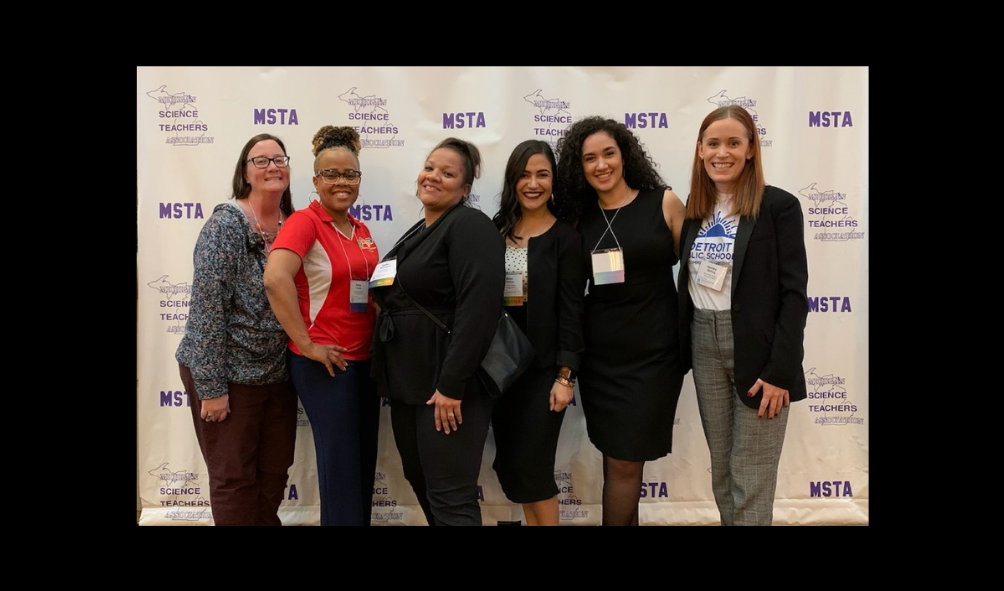
Homemade air rockets soaring through the room, milk cartons turned into cars and boats, the buzz of students exploring and trying new designs with their peers: that’s just a snapshot of what a classroom engaging with Multiple Literacies Project-Based Learning (ML-PBL) might look like. Six years ago, we were asked to pilot a new science curriculum in our classrooms, and we never could have imagined the transformation that would follow.
This blog is the culmination of two voices and minds: Chiara Kirkland and Moira Thomas. We both began this journey as elementary teachers at a charter school in the heart of Detroit, MI, and are now both a part of Detroit Public Schools Community District (DPSCD). This year, Chiara stepped into the role of Training and Support Coordinator with the Office of Science after 8 years in the classroom, primarily as an elementary science teacher. Moira is a 4th-grade science and English Language Arts teacher at the Academy of the Americas, a bilingual Spanish-immersion school in Southwest Detroit. Currently, we continue to collaborate with CREATE for STEM through co-facilitating professional learning opportunities for science teachers within DPSCD.
As we piloted this curriculum, we had many opportunities to build our capacity as educators. Through the support of the CREATE for STEM researchers and developers, we received additional training on Next Generation Science Standards (NGSS) performance expectations, the features of Project-Based Learning (PBL), and the shift to phenomena-driven science instruction. We were also observed weekly and engaged in debrief sessions during which we were not only provided feedback about our instruction but given a seat at the table to discuss lessons and suggest changes based on our teaching experiences.
Perhaps one of the most valuable takeaways was the relationships we were able to form with other educators. In professional learning sessions, we engaged in meaningful conversations, sharing our “glows and grows” from the previous unit. Just as we encourage our students to collaborate and learn from one another in ML-PBL, we were able to collectively build our capacity through brainstorming, reflection, and shared learning.
During these professional learning sessions, our conversations were student-centered. We shared anecdotes about how we used the momentum of our students’ curiosity and provided scaffolding to ensure all students were engaged in conversation and exploration. Ultimately, our goal was to leverage what our students brought to the table and use that to cultivate their thirst for science education. We learned how to use students’ observations of phenomena to formulate questions, plan investigations, and drive student discourse.
As we plan for future blogs, we’ll take you through an array of topics that have impacted our experiences as educators implementing Project-Based Learning in the science classroom. We will take a look at the switch to virtual learning, tools we love for accessibility for all learners, and how the CREATE for STEM curriculum has begun to address the need for equitable learning opportunities for all students. We hope you join us!


